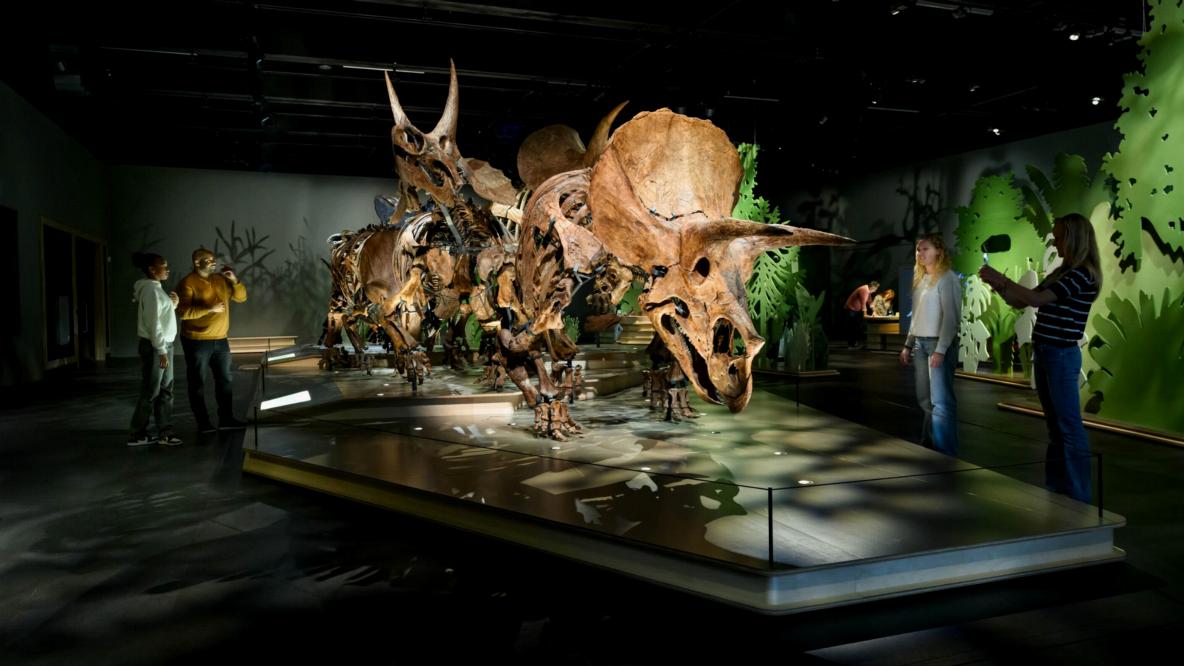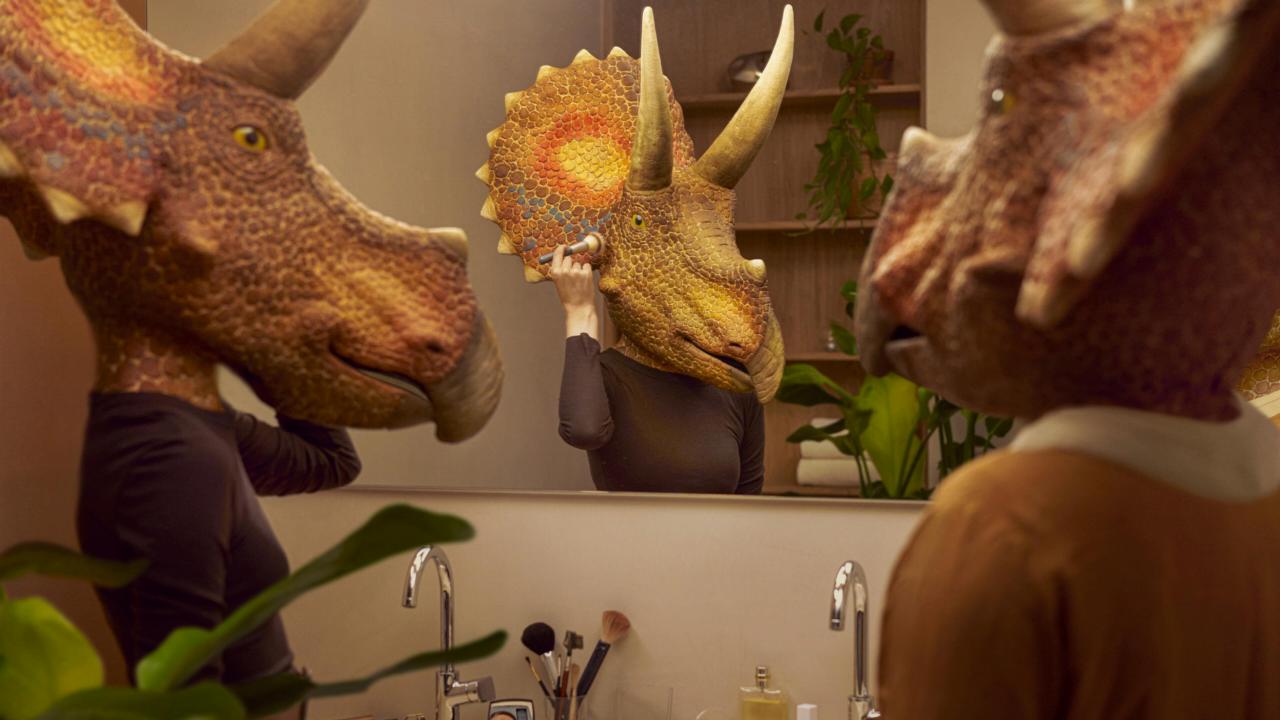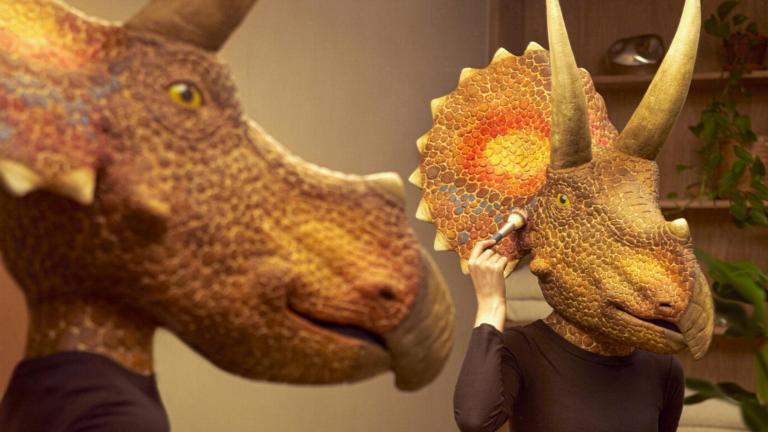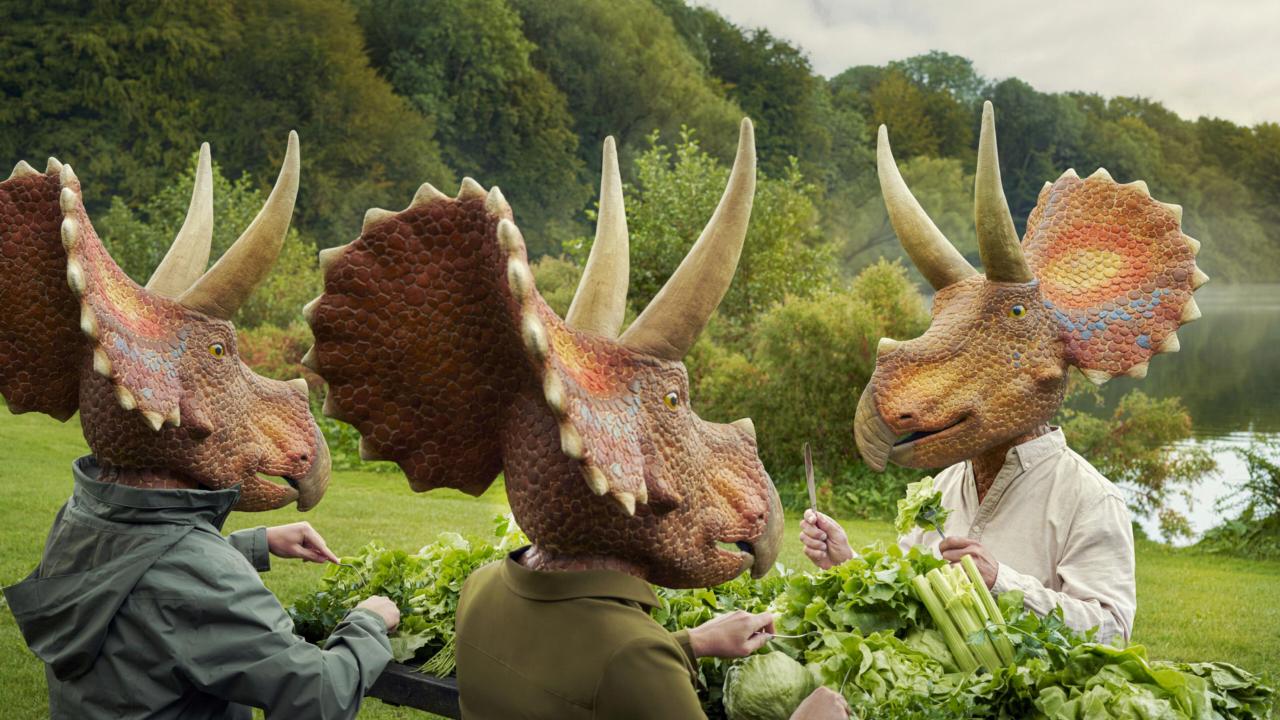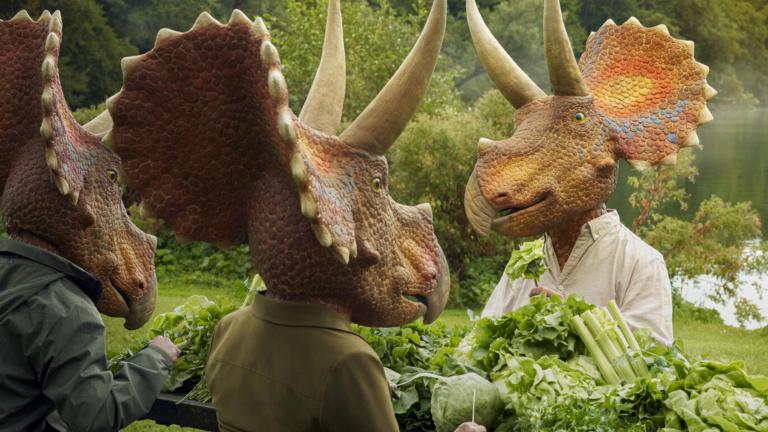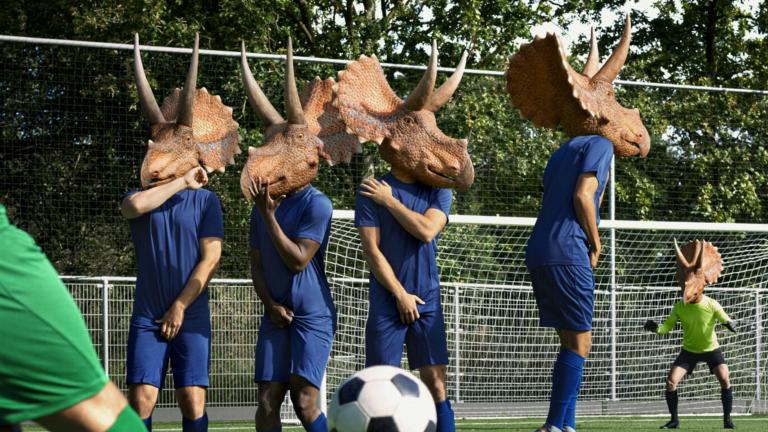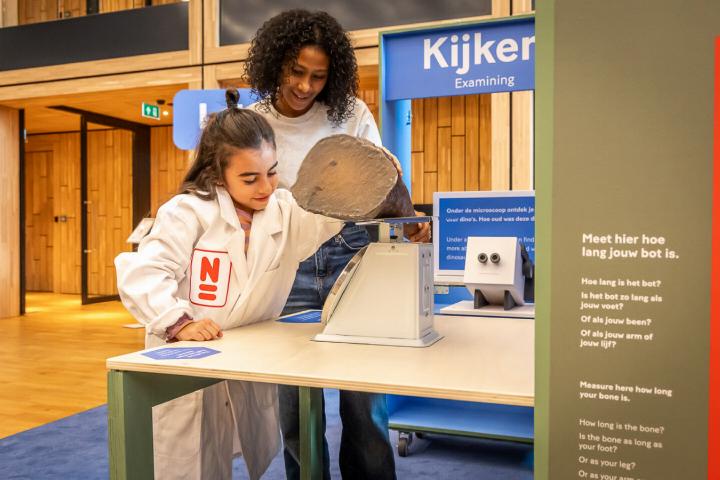Dinosauractivities
The findFive Triceratops
Triceratops horridus, the iconic plant-eating dinosaur, is not to be missed! With three huge horns, a striking neck shield, a weight of 5,500 kilograms and a length of almost 10 metres, they dominated the marshes of North America some 67 million years ago. Naturalis has found as many as five together in Wyoming, USA. Naturalis researchers and preparators, together with palaeontology students and a team of volunteers, uncovered over 1,200 bones and bone fragments. Research has shown this to be a unique find: a herd!

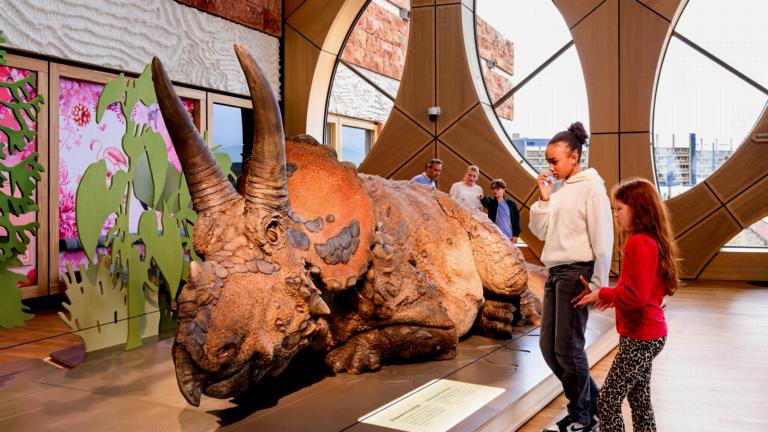
Our expertsmake it possible
At Naturalis, we pool the expertise of scientists and experts from various fields, from field researchers braving the elements to preparators carefully uncovering bones. For every step, from discovery to presentation, our experts are the driving force, bringing the richness of biodiversity to life in a special way.
Triceratops TVLights, camera, action!
Check all videos
From fascinating talks with experts to adventurous field vlogs and the most frequently asked dinosaur questions – here, you will find everything you need to increase your knowledge about Triceratops and their era.
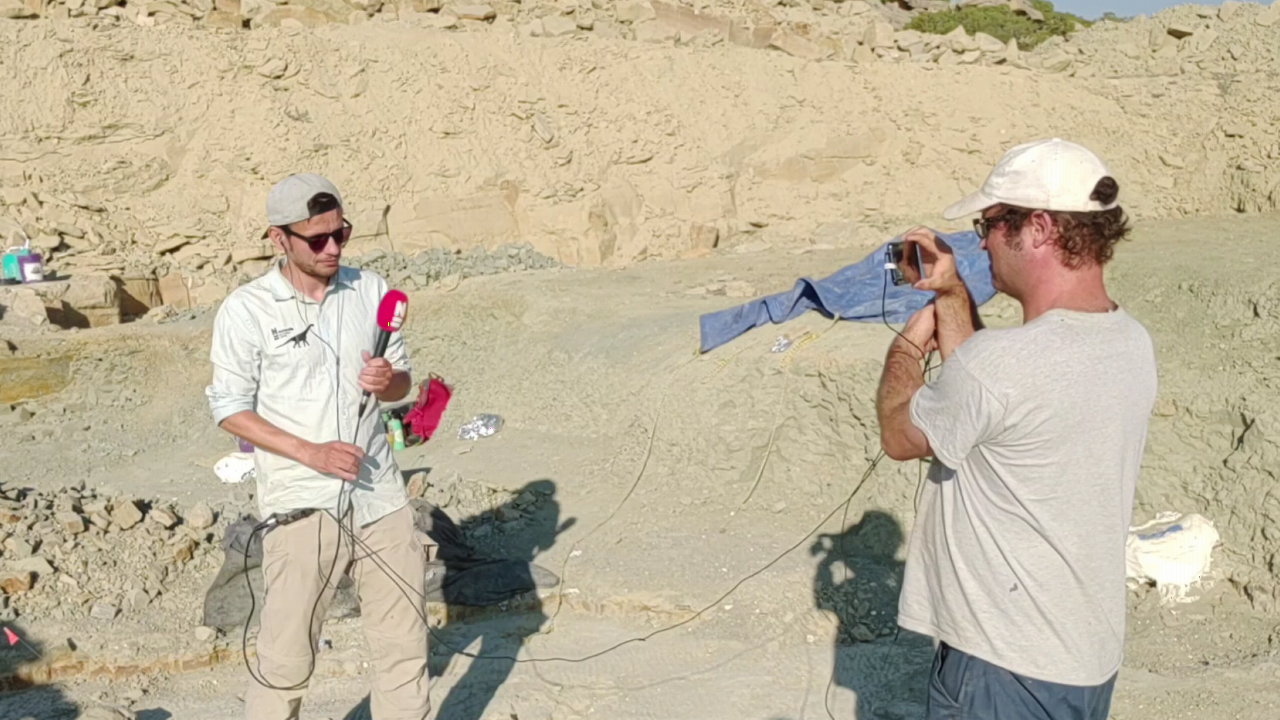
Learn moreabout Triceratops
Find out all about Triceratops and the herd at Naturalis, from the lives of these magnificent animals to the reconstruction of the skeletons at Naturalis. What did Triceratops look like? And what kind of environment did they live in? How did Naturalis manage to be the first museum in the world to excavate an entire herd?

Boer Borisen de dino
This year Naturalis is all about Triceratops. 'Boer Boris en de dino' is the picture book that fits in seamlessly with this.
A new adventure with Farmer Boris
Farmer Boris, the Netherlands' most famous farmer, discovers something extraordinary. As he is ploughing his land, his plough gets stuck. What could be the problem? To their surprise, Farmer Boris, Berend and Sam find a giant bone in the ploughshare! Together, they set out for adventure and start digging. Soon, they discover a hundred bones, complete with a skull. It turns out to be an actual Triceratops! Farmer Boris quickly decides to call Naturalis.
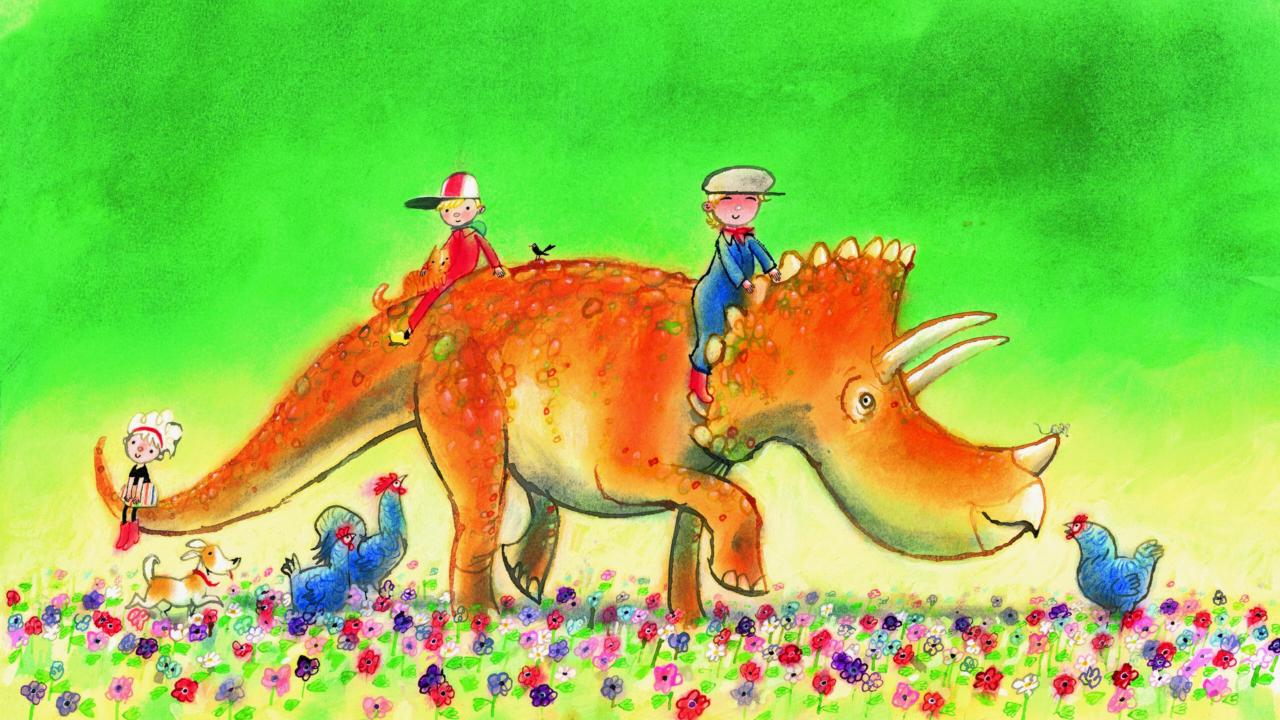
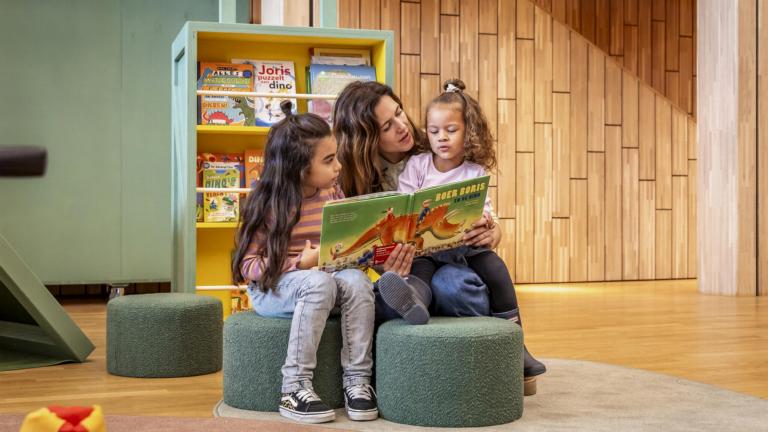
Tricera-shopGifts for dinosaur fans of all ages
Browse through all the dinosaur goodies in our museum shop. We have the perfect gifts for dinosaur fans of all ages. Sustainability is key to everything - from shirts, cards and earrings to puzzles, crayons and cuddly toys. Come by quickly and shop your favorites!
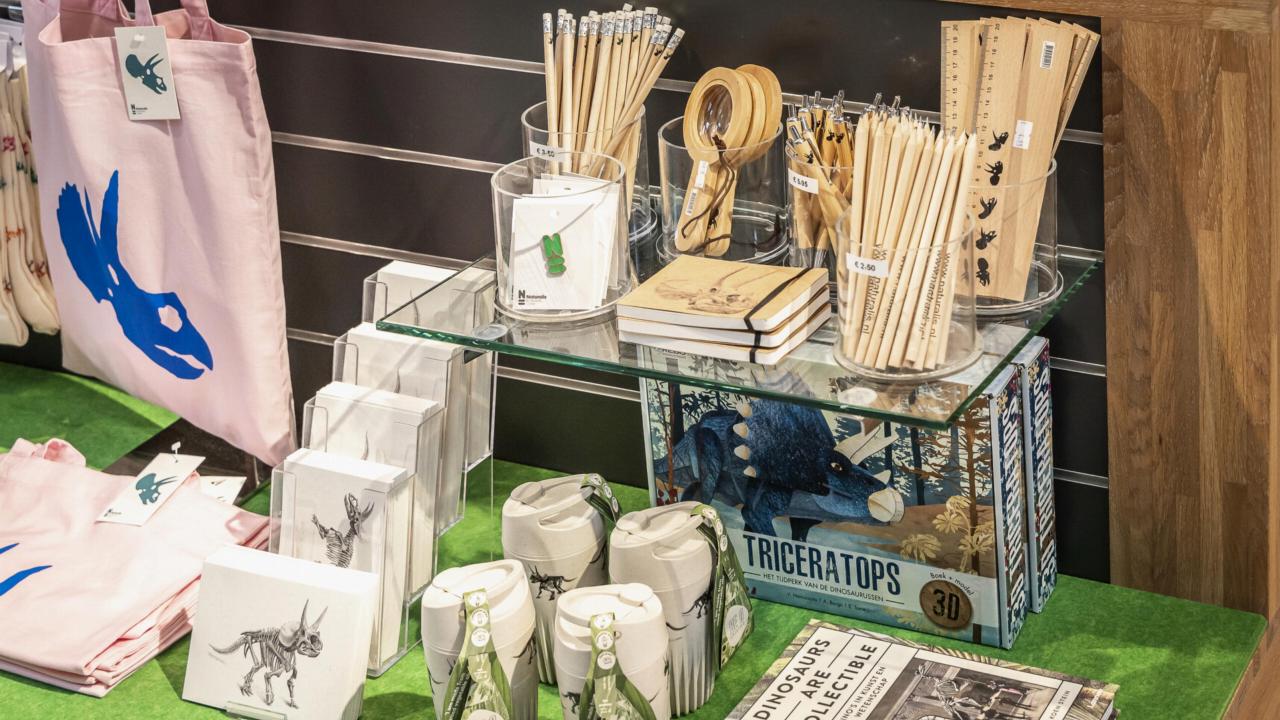
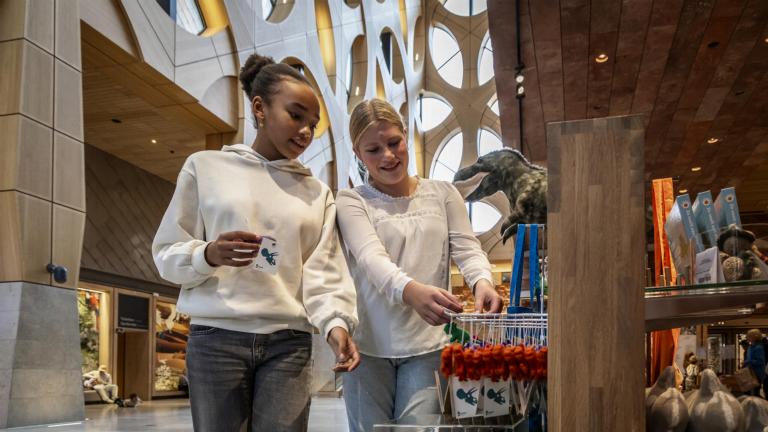
Triceratops on tour
In the summer of 2024, you could've admired our five Triceratops separately in five cities across the Netherlands.
A member of the herd will come to you!
The natural history museums and public libraries of Maastricht, Tilburg, Delft, Haarlem and Leeuwarden were hosting one of these prehistoric guests. In collaboration with these partners, we ensured that young and old, from north to south, could've come face to face with a Triceratops.
Read more


